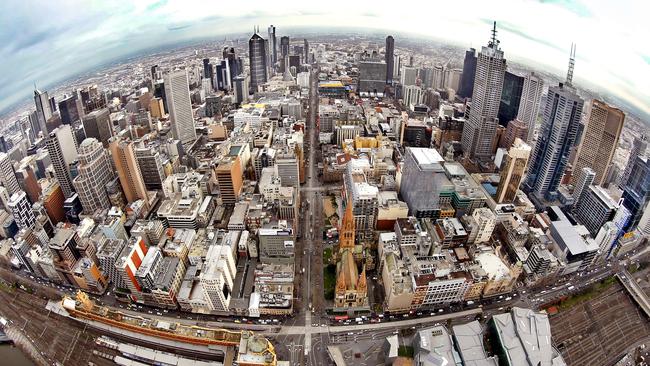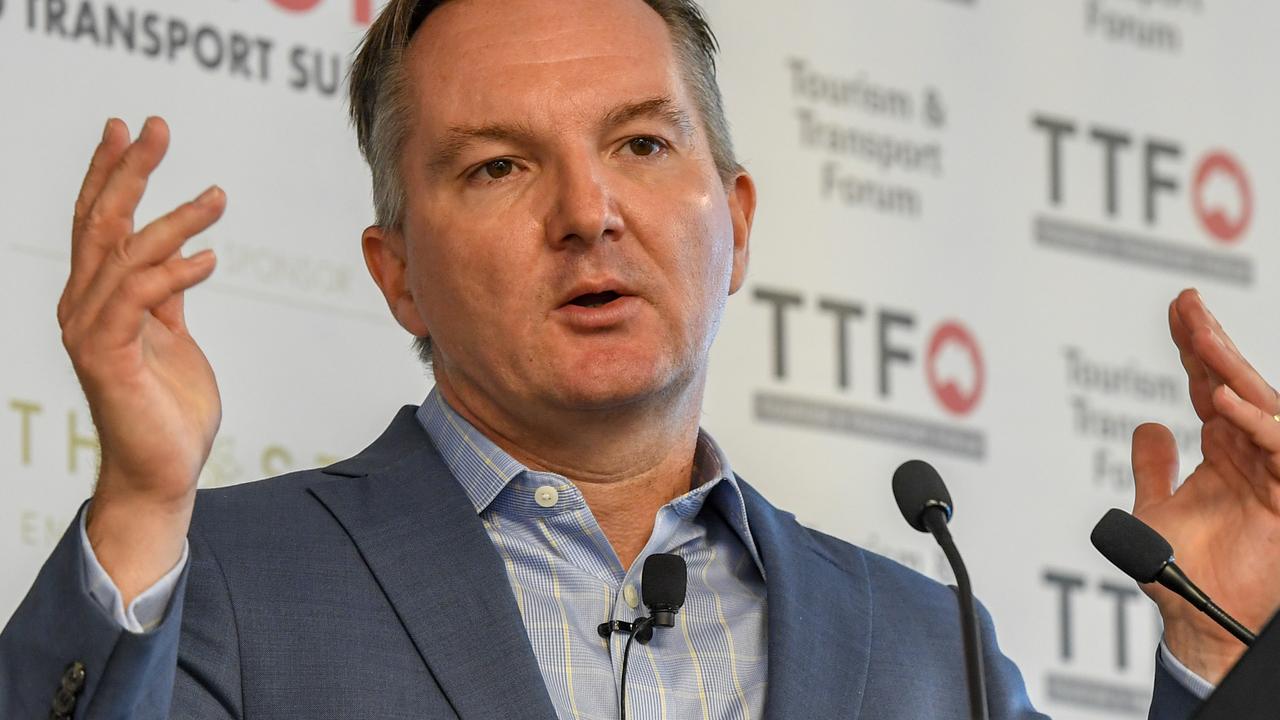Investors should be wary of a possible population slowdown
The one assumption that economists rarely question is that our population is likely to continue to surge ahead.

The one assumption about Australia that business strategists rarely question is that our population is likely to continue to surge ahead. The assumption is used to justify investment in housing and infrastructure, particularly in Sydney and Melbourne, plus forward budgetary estimates.
Unfortunately, Australia’s population growth has fallen to the lowest level since 2004 and is set to remain in the doldrums in 2019 and 2020 and perhaps longer.
A lot of decisions have been made, and are being made, on misinformation because people don’t understand that, while particular regions may rise, on a national basis the game has changed.
My population outlook data comes from comes a source that my readers are very familiar with — Charlie Nelson and his foreseechange group. Nelson’s research enabled me to warn readers in June 2016 that not only were retail sales in real trouble but that the forces creating the slump would continue for at least a year or two. Nelson was right and many retail enterprises adjusted their stock purchases and survived. Many of those who ignored him did not survive.
The foreseechange group and Charlie Nelson specialise in analysing the underlying trends that lead to changes in consumer spending patterns. He has now transferred the same techniques into population growth estimates and, as in retail, he produced different results to many (but not all) statisticians.
Nelson starts with an estimate of the future trends in the component parts of population moves——births, deaths and net migration and he then calculates the births outlook by averaging fertility rates for various female age groups.
Until the pill became available in the early 1960s, women in their twenties had by far the highest rate of fertility. The peak fertility rates are now among females aged between 25 to 34. Fertility rates for women in their low twenties is at a record low and still falling (so too for females aged under 20).
Accordingly, there is unlikely to be any significant increase in births over the next five years or so because, first, fertility rates are not increasing (and are unlikely to do so) and second because there will be little or no growth in the female population in the age groups where fertility is highest- 25 to34 — due to a decline in births during the 1990s.
Not only is any significant rise unlikely but, according to Nelson, it is not inconceivable that there could be a slight decline in the number of births.
Deaths are increasing due to population growth among older people despite age-specific death rates falling for those aged above 65. As a result of greater numbers of aged people and despite longer life spans, the average annual rate of increase in deaths rose abruptly from 0.27 per cent of population between 1996 and 2005 to 1.71 per cent between 2005 and 2017.
The major annual causes of death between 2006 and 2016 were:
• Dementia (up by 4200 between 2006 and 2016) plus Alzheimer’s disease (plus1800)
• Cancer (plus 4000)
• Respiratory diseases, especially chronic lower respiratory (plus 3000);
• Diseases of the nervous system (excluding Alzheimer’s) (plus1600)
• Falls (plus1200)
• The largest decline has been ischaemic heart disease (minus 5200).
Despite medical advances, the increase in deaths exceeds the increase in births. The changes in birth and death growth trends means that the current natural population increase of 0.6 per cent may decline towards 0.5 per cent.
Accordingly, migration becomes even more important in establishing population growth. Temporary visas are the largest components of net migration and include students and skilled workers.
Net migration is approaching a cyclical low. If this continues — and anecdotal evidence in work visas and students indicates that it will — this would slow overall population growth.
In the December 2017 quarter, arrivals were down by 6.8 per cent on a year earlier and departures were up by 11.6 per cent. On a cyclical, basis migrant intake should rise in 2020 but there is no certainty that it will.
And so as we look at the components of population growth we find that births are static, deaths are rising and net migration is experiencing a cyclical low.
Population growth bottomed at 1.10 per cent in 2004 and then started to rise rapidly reaching a peak of 2.19 per cent in 2008. From there it started to decline and was down to 1.58 per cent in 2017.
In the current year, Nelson expects it to fall to 1.35 per cent and to hold at around that level in 2019 and 2020.
The 1.35 per cent population increase rate is the lowest since 2005, if there is a significant decline in births or a fall in net migration, then population growth could fall closer to the 2004 low of 1.10 per cent.
Of particular importance is that there will be slow growth in the number of people aged 25 to 34 given the relatively low number of people currently aged 15 to 24.
In addition, the high cost of dwellings may subdue the birthrate. Low population growth rates could affect many industries, especially those exposed to consumer spending, where activity is already weak.
The 25 to 34 age group includes first home buyers so the low population rise in this segment of the population could also slow housing by causing a decline in first home owner demand.
In turn this could translate into weak house price inflation for several years.
This would be similar to the situation in the 1990s which was affected by the impact of the drop in births during the 1970s.
A likely slowing in population growth in 2018 and 2019 would tend to reduce overall demand growth in the economy and many industries are likely to be affected. What makes Nelson’s research so important is that, like his work on retail in 2016, it’s not what the community is anticipating.






